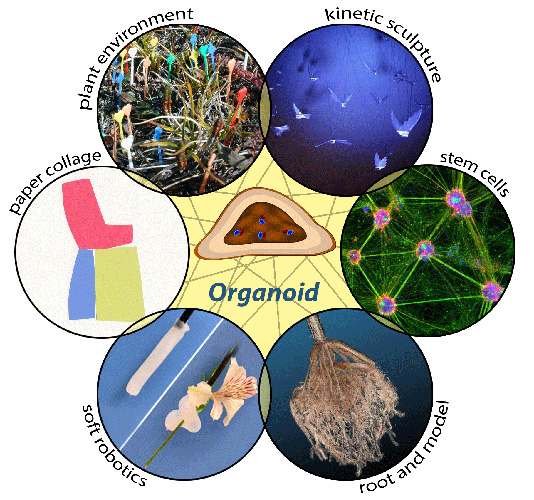Teaming for Interdisciplinary Research Pre-Seed Program
Organs from the shelf: Merging cross-disciplinary perceptions to grow organs across organismal kingdoms

Organs from the shelf: Merging cross-disciplinary perceptions to grow organs across organismal kingdoms

New techniques to replace organs in any organism would positively impact the productivity of our society. Imagine, humans on dialysis could get a newly grown kidney implanted, a farmer that loses corn yield due to the maize borer bug could attach newly grown roots through a grafting process or animal aggression due to hormonal imbalances can be resolved with better functioning adrenal glands. All of this could be possible if a rapid process to develop replacement organs would exist. We work on organoids, which are miniature, engineered versions of naturally occurring organs.
However, the function of organs within organisms and interactions with the environment is complex and animal kingdom specific. Therefore, we propose to look at the problem from the perspective of six distinct disciplines that use complementary techniques to analyze and describe natural phenomena. These include sculpture, paper making, stem cell biology, mathematic modeling, robotics and environmental biology. Our overall goal is to unify and standardize the process of organoid development. Our hypothesis states that ideal shape will provide superior functionality of the organoids. We will transform generational processes from sculpture disciplines into biological techniques. In doing so, we constrain the creative process with principles of cell biology to observe, mathematically describe and biologically remodel shape for the generation of organoids. Our commonality is the study of shape generating processes and their manifested morphology.
Our team’s first goal is to understand, define and model the ideal shape of organs, for example the adrenal gland. This information will then be employed as a guide to engineer superior living organoids that comprise tissues and function of the adrenal glands. In the future such organoids may be used for studying diseases affecting the adrenal gland and for tissue available for treatment of adrenal gland disorders.
Team Lead
Nadja Zeltner
Center for Molecular Medicine
nadja.zeltner@uga.edu
Team Members
Martijn van Wagtendonk
Lamar Dodd School of Art
Alexander Bucksch
Department of Plant Biology; Warnell School of Forestry and Natural Resources
Eileen Wallace
Lamar Dodd School of Art
Mable Fok
College of Engineering
Megan DeMarche
Department of Plant Biology
